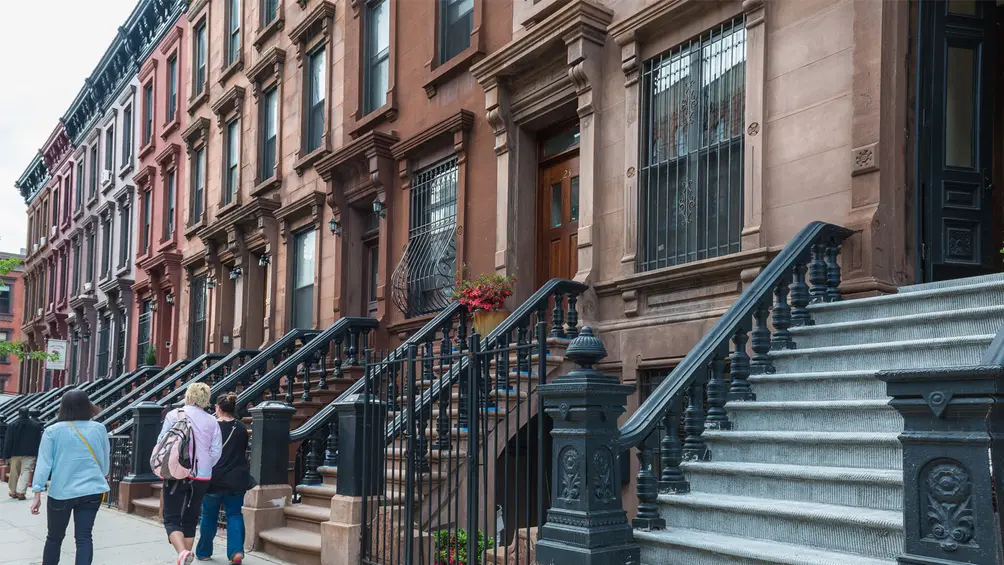The birthplace of the Harlem Renaissance, Harlem is known for its cultural and artistic flair. A diverse community, this ever-evolving neighborhood has been a farming village, a battlefield, a suburb, a commuter town, a working-class community and a center of African-American culture.
Harlem is currently undergoing its second renaissance with an unprecedented boom ushering in new businesses and sleek residential buildings such as The Kalahari, 111 Central Park North, and SoHa 118
Although Harlem is known for its African-American influence, the area was initially settled in the 17th century by the Dutch and named Nieuw Haarlem after a city in the Netherlands. The neighborhood began to transform in 1905, as many African Americans arrived from the south as part of a mass exodus referred to as the Great Migration. The neighborhood would eventually become a celebrated art revival with the birth of the Harlem Renaissance.
The Harlem Renaissance, which spanned the 1920s and early 1930s, gave rise to notable artists and intellectuals such as Langston Hughes, Zora Neale Hurston, W.E.B Du Bois and Aaron Douglas. This rich cultural movement encompassed many aspects of African culture, transcending socioeconomic status and spanning several countries of origin.
Harlem is also host to many cultural venues, including the iconic Apollo Theater, which was formerly a burlesque house; the Savoy Ballroom, a popular swing dancing spot; and the Renaissance Ballroom.
The Harlem Renaissance fell victim to the Great Depression. During that time, many creative venues were destroyed or converted to churches. However, since then, more performance spaces have been created, including the Gatehouse Theater and the Dance Theater of Harlem, which offers classical ballet training.
Residents of Harlem are as diverse as the neighborhood's history, characterized by an intriguing mix of Columbia University students and longtime residents. The neighborhood even has a new famous resident: Tony Award-winning actor Neil Patrick Harris, who recently moved his family into a four-story townhouse.
What sets Harlem apart is its strong sense of community. That feeling is particularly evident on Sunday mornings as the area becomes alive with the energy of its 400+ churches. Many of its churches are smaller congregations that gather in basements or empty storefronts. After service, parishioners often eat at some of the notable restaurants in the area such as the famous soul-food establishment, Sylvia's, or the much newer Melba's. The area around Frederick Douglass Boulevard is experiencing a "gourmet renaissance" of sorts as more restaurants continue to pop up. Other notable eateries include Harlem Food Bar, Cedric French Bistro and Vinateria.
The 21st century has brought a lot of rebuilding to Harlem, with new developments ranging from studios to lofts and luxury condos. Some residents credit former President Bill Clinton, who established an office in the area in 2001, for helping to spur the area's growth.
Today, Harlem is undergoing a lot of rebuilding, with revitalization projects occurring at the neighborhood's commercial hub of 125th Street. One such effort is the creation of the Manhattanville Factory District. The redevelopment will include converting the vacant former Taystee Baker Building into a thriving commercial building with retail, media, and non-profit offices in an effort to bridge the neighborhood's arts and entertainment district with educational communities of Columbia University and City College.
